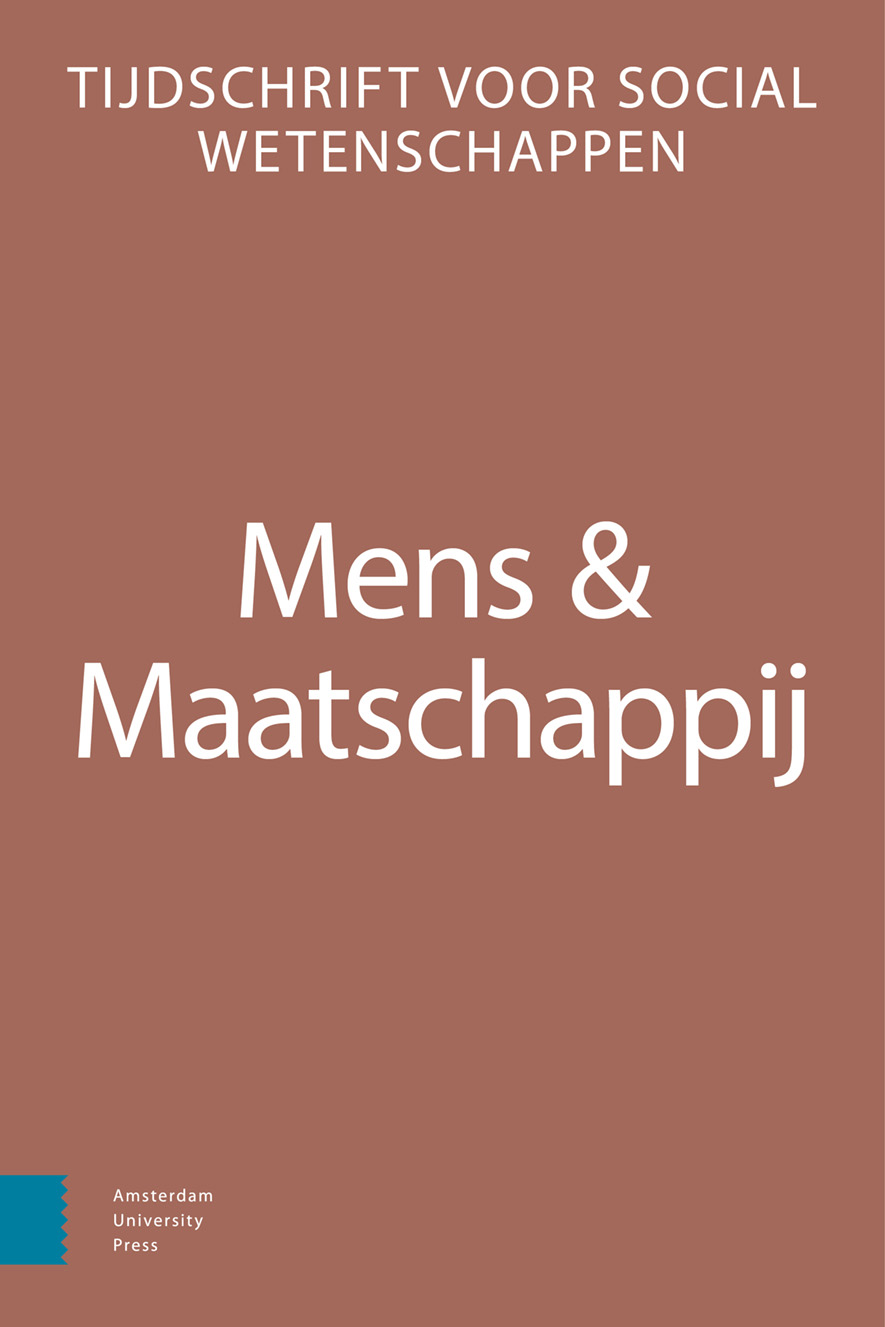-
oa Alles behalve country en western: een analyse van cultureel omnivorisme in het Verenigd Koninkrijk
Winnaar van de Mens & Maatschappij Masterscriptieprijs 2022
- Amsterdam University Press
- Source: Mens & Maatschappij, Volume 98, Issue 2, Jun 2023, p. 125 - 149
-
- 01 Jun 2023
Abstract
Anything but country and western: Analysing cultural omnivorism in the United Kingdom
Cultural sociologists have developed two conflicting approaches related to stratified cultural consumerism: (i) the homology thesis and (ii) the cultural omnivorism thesis. The first approach suggests that the higher educated have an exclusive taste that consists of highbrow cultural forms only. The second approach argues that such highbrow snobs have been replaced by cultural omnivores that bridge the former highbrow-lowbrow divide with their broad taste. Since both approaches have been corroborated before, this article aims to explore the reasons behind the existing ambiguity. More specifically, I distinguish between weak and strong omnivorism to reduce conceptual unclarity, and further investigate the indecisive role of mobility in explaining omnivorism. This leads to the following research question: Does cultural taste correspond with strong omnivorism, weak omnivorism or homology, and what role does intergenerational mobility play in this classification of taste? This question is examined using latent class analysis with CCSE data collected in the U.K. in 2003/2004. Four distinct latent clusters were found: a highbrow-, popculture-, univore- and weak omnivore-cluster. Omnivorism thus only exists in its weak form, and even then, highbrow snobs exist simultaneously, showing that the two approaches are not mutually exclusive at all. The weak omnivores appeared to be higher educated than average, but highbrow snobs remained the highest-educated of all. Remarkably, these highbrow snobs also experienced the greatest upward mobility. Both educational level and mobility can thus predict taste, but experiencing mobility does not necessarily seem to lead to an omnivorous taste pattern.


